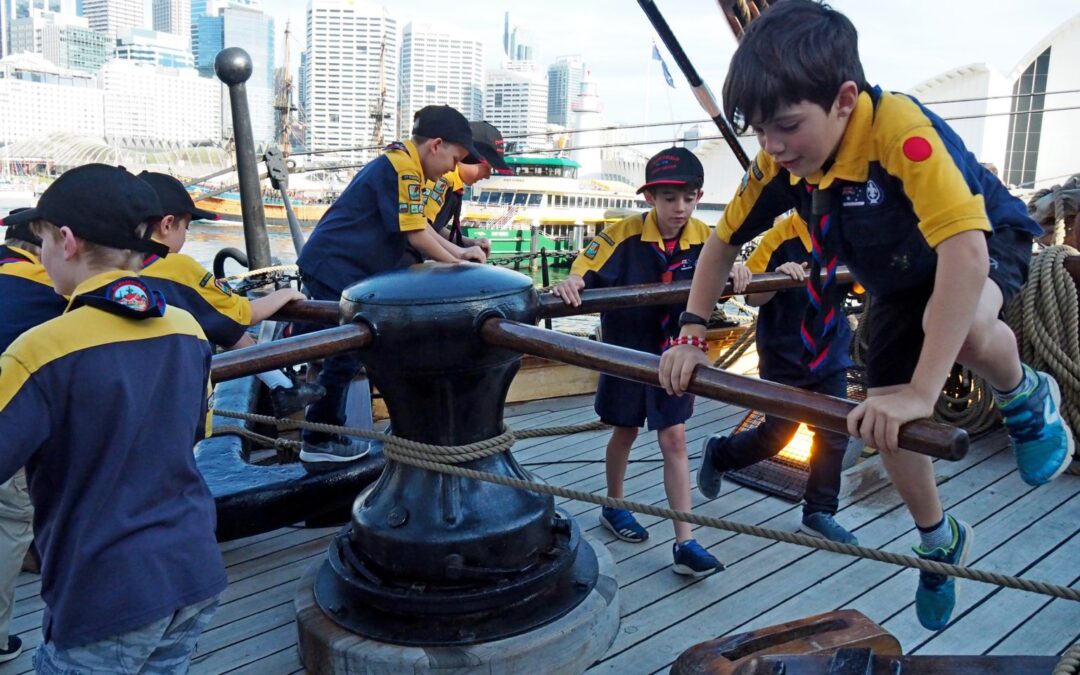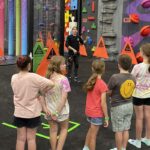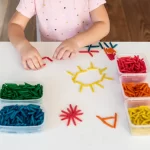Are you ready to embark on an exciting adventure? Imagine a day filled with exploration, learning, and laughter. That’s the magic of school excursions! These exhilarating outings offer students a chance to step outside the classroom walls and immerse themselves in new experiences. From visiting museums and historical sites to exploring nature trails and science centers, school excursions hold immense importance in shaping young minds. In this blog post, we will delve into why these activities are essential for your child’s development, discover some fantastic excursion ideas for schools, explore how schools can make the most of these trips, all while keeping in mind the significance of maintaining children’s oral health along the way. So buckle up as we venture into an educational journey like no other!
What is an excursion?
An excursion, simply put, is a planned educational or recreational trip taken by students outside of their regular classroom environment. It’s like a window to the world beyond textbooks and lesson plans. These off-site adventures provide an opportunity for students to explore new places, engage in hands-on learning experiences, and broaden their horizons.
During excursions, children are exposed to real-world scenarios that help them connect what they’ve learned in the classroom with practical applications. Whether it’s visiting historical landmarks, exploring nature reserves, or attending cultural events, excursions offer a different kind of education – one that goes beyond traditional lectures.
These outings not only stimulate curiosity but also foster social skills and teamwork among students. They learn how to interact with peers and teachers in informal settings while developing valuable communication and problem-solving skills.
Excursions also play a significant role in promoting physical activity. Students get to participate in outdoor activities such as hiking, swimming or sports tournaments during these trips which helps keep them physically active and healthy.
Furthermore, school excursions encourage the next generation of young minds to appreciate art, history, science, culture, and various other subjects from a unique perspective. By experiencing things firsthand instead of just reading about them in textbooks, school excursions create lasting memories that can ignite lifelong passions and interests.
So whether it’s exploring ancient ruins or discovering the wonders of marine life on a field trip, your child will undoubtedly benefit from these exciting excursions far beyond their academic years!
Why are excursions important?
Why are excursions important? Well, let’s take a look at the benefits they bring. Excursions provide students with real-world experiences that simply cannot be replicated in the classroom. By venturing outside of school grounds, students have the chance to see and learn things firsthand.
Excursions help to foster a sense of curiosity and wonder in students. They allow them to explore new environments, cultures, and ideas – all of which contribute to their overall growth and development.
Moreover, excursions encourage active learning. Instead of passive listening or reading from textbooks, students engage in hands-on activities that require critical thinking and problem-solving skills. This kind of experiential learning is invaluable for retaining information long-term.
Additionally, excursions promote social interaction among students. They provide an opportunity for classmates to bond outside of the traditional classroom setting and develop stronger relationships.
Furthermore, excursions can spark interests or passions in certain subjects or fields for individual students. Whether it’s visiting a science museum or exploring historical landmarks, these experiences may ignite a lifelong passion or career trajectory.
In conclusion (even though I’m not supposed to conclude), school excursions play an integral role in enhancing education by providing authentic learning experiences beyond the confines of the classroom walls!
What are some good excursion activities for schools?
When it comes to planning excursion activities for schools, the options are truly endless. Schools have the opportunity to expose their students to a wide range of experiences and learning opportunities outside of the classroom. Here are some great excursion ideas that can enhance students’ educational journey.
1. Museum Visits: A trip to a local museum can be both educational and fun. It allows students to explore history, art, science, or any other subject in a hands-on and interactive way.
2. Nature Walks: Taking students on nature walks not only exposes them to the beauty of the natural world but also teaches them about environmental conservation and biodiversity.
3. Historical Landmarks: Visiting historical landmarks gives students a chance to learn about important events and figures from the past while connecting with their cultural heritage.
4. Science Centers: Science centers offer exciting exhibits and experiments that make learning about scientific concepts engaging and enjoyable.
5. Farm Visits: Taking students to farms provides valuable lessons on agriculture, animal care, sustainability, and healthy eating habits.
6. Community Service Projects: Engaging in community service activities allows students to develop empathy and social responsibility while making a positive impact in their community.
7. Cultural Festivals: Attending cultural festivals introduces students to different traditions, customs, music, dance forms, languages, costumes etc., promoting inclusivity and diversity awareness among them.
By incorporating these types of excursions into school curriculum plans regularly throughout the year or semester will broaden horizons beyond textbooks alone!
How can schools make the most of their excursions?
One of the keys to making the most of school excursions is careful planning. Schools should ensure that they choose excursion activities that align with their educational goals and curriculum. By selecting trips that are relevant to what students are learning in the classroom, schools can enhance and reinforce their lessons in a practical and engaging way.
Another important aspect is incorporating interactive elements into these outings. Excursions provide an opportunity for students to actively participate in hands-on learning experiences, rather than just passively listening or reading about a subject. Whether it’s visiting a museum, exploring nature trails, or attending cultural events, hands-on activities allow students to fully immerse themselves in the topic at hand.
In addition, schools should aim to make these excursions memorable by creating connections between what students see during their trip and their everyday lives. This can be achieved through pre-excursion preparation and post-excursion follow-up activities. Teachers can introduce related topics before the excursion so that students have some background knowledge when they visit a particular site or event. Afterward, teachers can engage them in discussions, projects, or presentations based on their experience.
Furthermore, it’s crucial for schools to prioritize safety during excursions by conducting thorough risk assessments and providing adequate supervision throughout the trip. Proper organization ensures smooth logistics and minimizes potential risks.
School excursions offer valuable opportunities for experiential learning outside of traditional classroom settings. By carefully planning relevant activities, promoting hands-on engagement with subjects being studied
Conclusion
School excursions play a crucial role in the overall development of students. These activities not only provide an opportunity for them to learn outside the classroom but also encourage social interaction and teamwork. Moreover, excursions can instill a sense of curiosity and exploration in young minds.
By incorporating excursion activities that helps promote maintaining children’s oral health, schools can further enhance the well-being of their students. Visiting dental clinics or organizing workshops on maintaining oral hygiene can help create awareness about this important aspect of health.
Schools should strive to make the most out of their excursions by carefully planning and aligning them with educational objectives. This includes selecting appropriate destinations and activities that are both fun and enriching for students. In addition, involving parents, teachers, and local communities in these experiences can contribute to a more comprehensive learning environment.
So let’s continue to encourage school excursions as they provide invaluable opportunities for our children to grow intellectually, socially, and emotionally. Let’s nurture their curiosity while ensuring their well-being – because after all, they are the future leaders who will shape our world!






